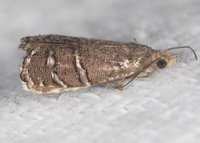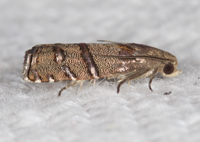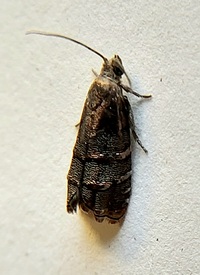
| Recorded by: Mark Basinger on 2025-05-25
Wilson Co.
Comment: | 
| Recorded by: Allison Garton on 2025-05-22
Moore Co.
Comment: |

| Recorded by: Allison Garton on 2025-05-22
Moore Co.
Comment: | 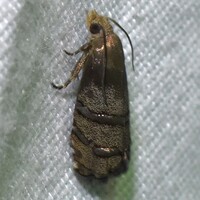
| Recorded by: David George, Jeff Niznik, Brian Bockhahn, Jim Petranka, John Petranka, Becky Elkin on 2025-05-09
Cumberland Co.
Comment: |
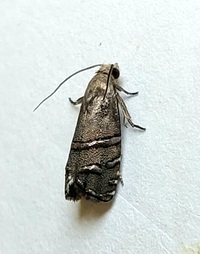
| Recorded by: Mark Basinger on 2025-05-03
Brunswick Co.
Comment: | 
| Recorded by: Mark Basinger on 2025-05-03
Brunswick Co.
Comment: |
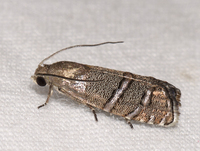
| Recorded by: John Petranka and Sally Gewalt on 2025-04-29
Warren Co.
Comment: | 
| Recorded by: Simpson Eason on 2025-04-18
Brunswick Co.
Comment: |

| Recorded by: Mark Basinger on 2024-06-18
Brunswick Co.
Comment: | 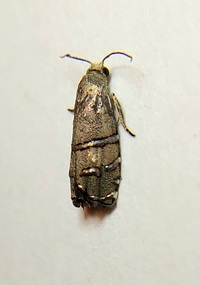
| Recorded by: Mark Basinger on 2024-06-18
Brunswick Co.
Comment: |

| Recorded by: Hunter Phillips on 2024-06-07
Onslow Co.
Comment: | 
| Recorded by: John Petranka on 2024-06-07
Orange Co.
Comment: |
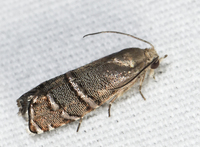
| Recorded by: John Petranka on 2024-06-07
Orange Co.
Comment: | 
| Recorded by: Mark Basinger on 2024-05-25
Brunswick Co.
Comment: |
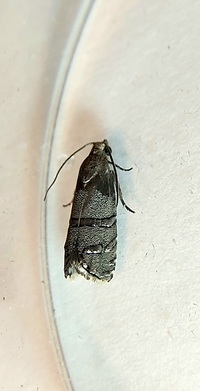
| Recorded by: Mark Basinger on 2024-05-25
Brunswick Co.
Comment: | 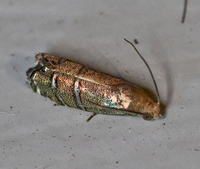
| Recorded by: Kelly Davis on 2024-05-18
Hyde Co.
Comment: |

| Recorded by: Dean Furbish on 2024-05-15
Wake Co.
Comment: | 
| Recorded by: Mark Basinger on 2024-05-08
Wilson Co.
Comment: |
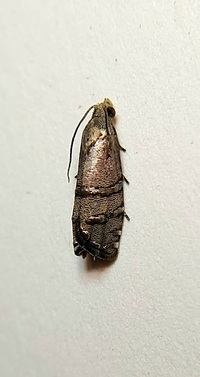
| Recorded by: Mark Basinger on 2024-05-08
Wilson Co.
Comment: | 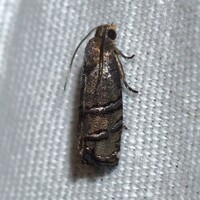
| Recorded by: David George, Jeff Niznik, Rich Teper on 2024-04-16
New Hanover Co.
Comment: |
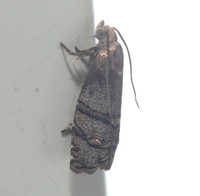
| Recorded by: David George, Jeff Niznik, Rich Teper on 2024-04-16
New Hanover Co.
Comment: | 
| Recorded by: David George, Jeff Niznik, Rich Teper on 2024-04-16
New Hanover Co.
Comment: |

| Recorded by: Jeff Niznik on 2023-06-18
New Hanover Co.
Comment: | 
| Recorded by: Stephen Dunn on 2023-05-31
Orange Co.
Comment: |
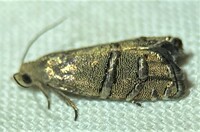
| Recorded by: Dean Furbish on 2023-05-24
Wake Co.
Comment: | 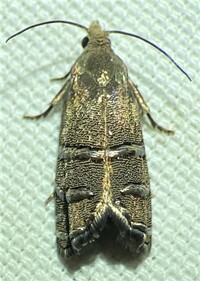
| Recorded by: Dean Furbish on 2023-05-24
Wake Co.
Comment: |

| Recorded by: Mark Shields on 2023-05-22
Onslow Co.
Comment: | 
| Recorded by: David George, Jeff Niznik, Rich Teper on 2023-05-21
New Hanover Co.
Comment: |
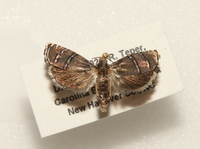
| Recorded by: David George, Jeff Niznik, Rich Teper on 2023-05-21
New Hanover Co.
Comment: | 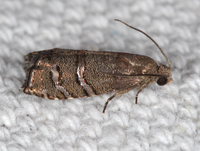
| Recorded by: Jim Petranka and Bo Sullivan on 2023-05-17
Moore Co.
Comment: |
|

 »
»